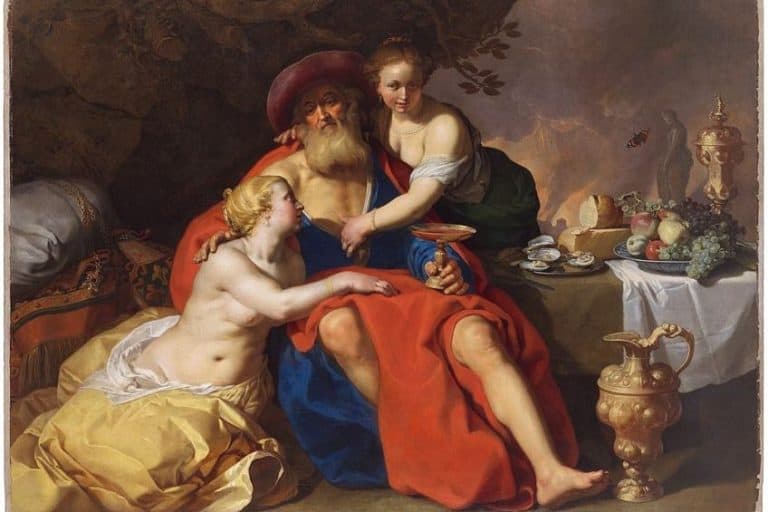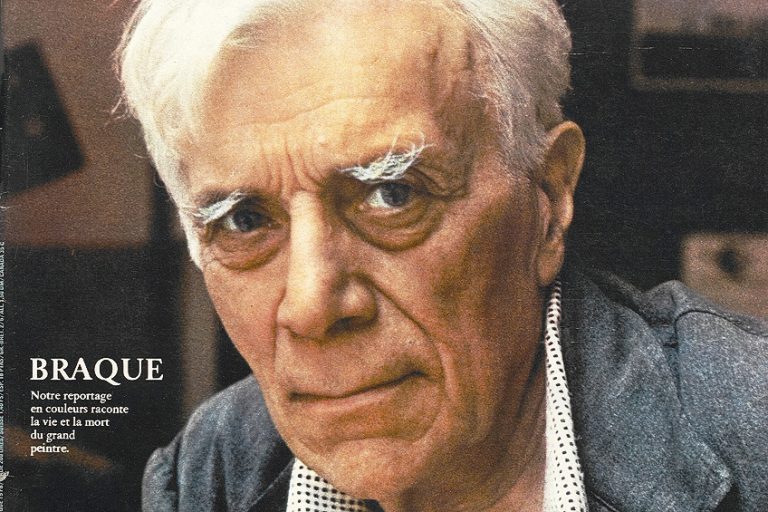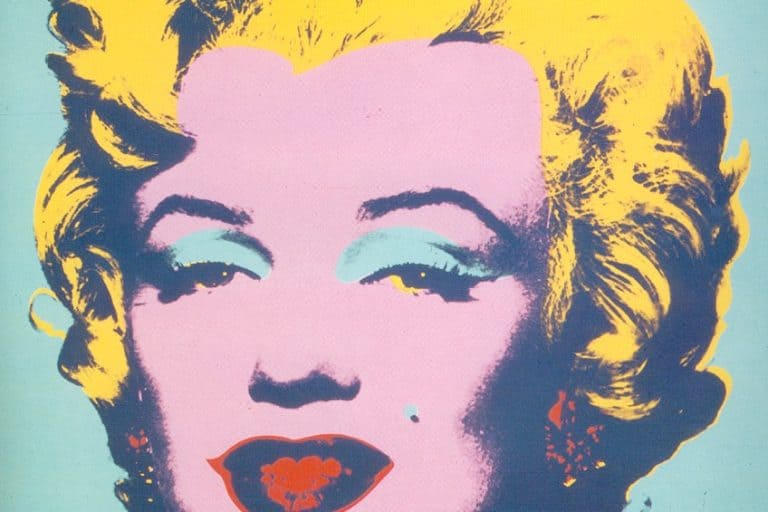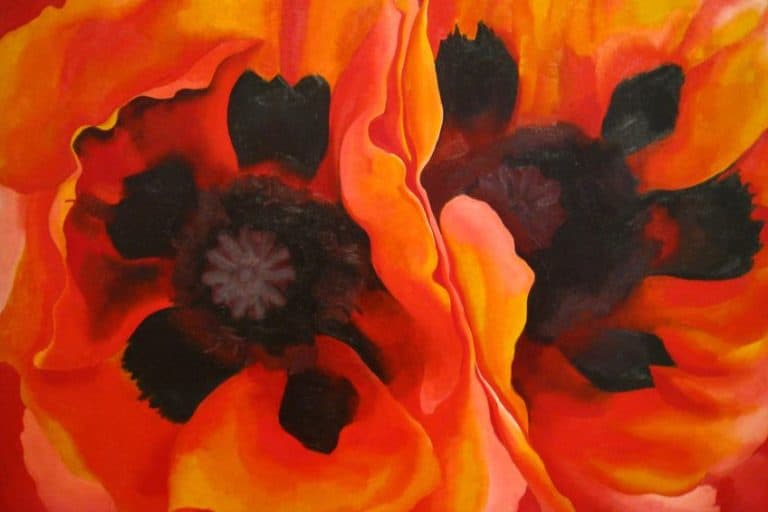“Shuffleton’s Barbershop” by Norman Rockwell – Timeless Moments
Norman Rockwell’s Shuffleton’s Barbershop is a celebrated masterpiece that encapsulates the essence of small-town America in the mid-20th century. Painted in 1950, this iconic work showcases Rockwell’s unparalleled ability to capture everyday moments with depth and nostalgia. Set in a quaint barbershop, the painting invites viewers into a world of community, warmth, and timeless charm. Through meticulous attention to detail and a keen eye for human expression, Rockwell transforms a simple scene into a profound narrative that resonates with viewers of all generations. Shuffleton’s Barbershop remains not just a painting but a cultural touchstone, embodying Rockwell’s enduring legacy as a chronicler of American life and values.
Key Takeaways
- Norman Rockwell painted Shuffleton’s Barbershop in 1950.
- The painting illustrates a charming scene in a small-town barbershop.
- It is now part of the Lucas Museum of Narrative Art.
Historical Context
| Artist | Norman Rockwell (1894 – 1978) |
| Date Created | 1950 |
| Medium | Oil on canvas |
| Genre | Genre Painting |
| Period/Movement | American Realism |
| Dimensions (cm) | 102 x 127 |
| Series/Versions | None |
| Where Is It Housed? | Lucas Museum of Narrative Art, Los Angeles, United States |
| What It Is Worth | Estimated at $20-25 million (value based on recent market trends and historical significance) |
Norman Rockwell, an iconic American artist, created the painting, Shuffleton’s Barbershop, in 1950. Known for his skill in capturing everyday moments, Rockwell’s painting depicts a warm, nostalgic scene of a barbershop after hours, with musicians gathered in a back room, engrossed in their art. This piece is celebrated for its detailed rendering and the way it encapsulates the essence of small-town America. The painting has found a new home at the Lucas Museum of Narrative Art in Los Angeles, ensuring that it remains accessible to the public.
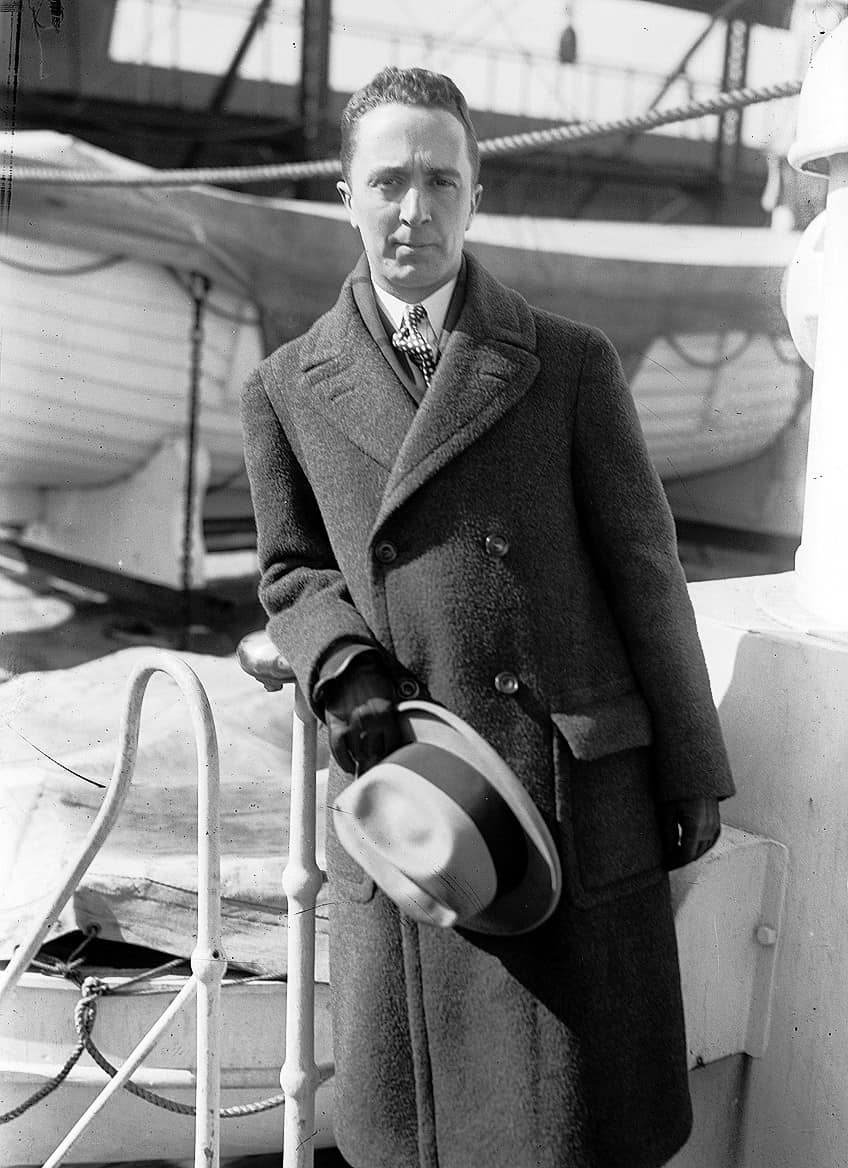
Before this acquisition, Shuffleton’s Barbershop was part of the Berkshire Museum’s collection. Its journey through various exhibitions has secured its place as a beloved masterpiece in the art world. Shuffleton’s Barbershop exemplifies Rockwell’s talent in visual storytelling, creating an intimate glimpse into a simpler time. The wealth of history and artistic merit makes this painting a significant subject of study and admiration, attracting both art enthusiasts and casual viewers alike.
Inception and Inspiration
Norman Rockwell painted Shuffleton’s Barbershop in 1950. The work reflects the calm and communal atmosphere of post-World War II America. Rockwell, deeply inspired by his surroundings in East Arlington, captured the essence of everyday moments. The painting was initially created as a cover illustration for The Saturday Evening Post.

Rockwell’s fascination with portraying mundane yet poignant scenes is evident. He meticulously painted routine activities that resonated with American citizens. The barbershop, a hub of social interaction, is a perfect example of this. Its warm setting and detailed environment evoke a sense of nostalgia, reflecting the close-knit community spirit of the era.
Visual Storytelling and American Life
In Shuffleton’s Barbershop, Rockwell employs his exceptional visual storytelling skills to depict a narrative brimming with depth and familiarity. The painting shows a group of individuals inside a cozy barbershop, playing musical instruments after hours.
The glowing furnace, various tools, and the patrons’ relaxed demeanor beautifully illustrate a slice of American life.
This meticulous attention to detail mirrors Rockwell’s broader career, where he consistently captured real-life moments with honesty and tenderness. The painting’s elements—from the instruments to the patrons’ expressions—are arranged meticulously to tell a silent yet profoundly emotional story, akin to his other notable works like Saying Grace and After the Prom.
Rockwell’s Mastery and Influence
Rockwell’s mastery in Shuffleton’s Barbershop highlights his significant influence on American art and culture. The painting’s acquisition by the Lucas Museum of Narrative Art underlines its cultural importance. His works, including this one, are celebrated for their technical precision and humane portrayal of subjects.
Rockwell’s influence extends beyond his artistic technique; his ability to encapsulate the essence of American life has positioned him as a cornerstone in narrative art. His commitment to visual storylines and keen eye for detail have made his works timeless, continuing to inspire and resonate with audiences and artists alike.
Artistic Analysis
Norman Rockwell’s Shuffleton’s Barbershop serves as a prime example of his mastery in visual storytelling and his exceptional ability to convey the spirit of American life. Each subtopic delves into key aspects that highlight the artistic intricacy of this remarkable work.
Subject Matter
Shuffleton’s Barbershop captures a tranquil scene inside a small-town barbershop. The painting depicts three musicians playing together in the back room, illuminated by the warm glow of a furnace. The front room, with its barber chairs and equipment visible, contrasts the back room’s coziness with its emptiness.
This dichotomy emphasizes Rockwell’s focus on everyday American life and communal activities, showcasing figures deeply engaged in leisure after work hours.
Color and Light
Rockwell employs a rich palette to create depth and warmth in Shuffleton’s Barbershop. The use of soft, warm tones in the back room enhances the sense of calm and intimacy among the musicians. In contrast, cooler, muted colors dominate the front room, furthering the narrative division. Light also plays a crucial role, with the glow of the furnace casting gentle shadows that add to the painting’s realism and mood. This skillful manipulation of color and light underscores Rockwell’s meticulous attention to detail.
Symbolism of the Artwork
The barbershop setting is not only a place for haircuts but a community hub, symbolizing togetherness and shared experiences. The musicians represent cultural continuity, embodying a timeless aspect of American rural life. The instruments and the act of making music suggest themes of harmony and collaboration. The contrast between the busy front room and the serene back room may also symbolize the balance between work and leisure.
Such symbolism enriches the viewer’s understanding of Rockwell’s narrative approach and his celebration of American culture.
Controversies and Legalities
The acquisition of Norman Rockwell’s Shuffleton’s Barbershop by the Lucas Museum of Narrative Art was fraught with legal and public disputes, focusing primarily on the Berkshire Museum’s deaccessioning practices and resulting legal battles. This valuable artwork’s sale highlighted significant issues surrounding the sale of museum collections and the legal implications therein.

Berkshire Museum Sale
The Berkshire Museum’s decision to sell Shuffleton’s Barbershop sparked significant controversy. The piece, considered a keystone of the museum’s collection, was part of a broader plan to auction off valued works to cover financial deficits and embark on new initiatives. This move was met with public outcry and substantial criticism from the art community.
Critics argued that the sale violated the ethical standards of museum management, particularly the principle that collections should not be sold to fund operating expenses.
To circumvent a public auction, the museum reached an agreement with the Massachusetts Attorney General’s office. This arrangement allowed the sale to the Lucas Museum under strict conditions, including mandatory loaning of the piece to ensure public access. The sale’s secrecy and the terms of the agreement, not immediately disclosed, added layers of controversy to the transaction.
Legal Actions and Outcomes
The move to sell the Rockwell painting prompted legal actions, notably from Rockwell’s sons and other parties concerned about the deaccessioning processes. They filed a lawsuit aiming to halt the sale and maintain the collection’s integrity. This legal battle involved intense scrutiny from the Massachusetts Attorney General, who reviewed the museum’s practices to determine their legality and compliance with state laws.
The lawsuit offered a broader examination of deaccessioning practices, ultimately leading to a compromise. The Supreme Judicial Court of Massachusetts approved the sale under specific terms designed to balance the museum’s financial needs with preserving public access to important cultural works like Shuffleton’s Barbershop.
This case has since become a significant reference point in discussions about museum ethics and the legal frameworks governing art sales.
Exhibition and Ownership
Shuffleton’s Barbershop by Norman Rockwell has experienced both notable public displays and significant changes in ownership. Its exhibition history includes prominent showings at major museums, while its ownership journey underscores its cultural value.
Museum Displays
Norman Rockwell’s Shuffleton’s Barbershop has been a centerpiece in several exhibitions. Initially, the painting was displayed at the Norman Rockwell Museum, where it drew considerable attention from visitors and art enthusiasts. The painting was part of the museum’s exhibition, Keepers of the Flame: Parrish, Wyeth, Rockwell, and the Narrative Tradition, showcasing its importance in American art.

Recently, the Lucas Museum of Narrative Art in Los Angeles acquired the masterpiece. This acquisition aligns with George Lucas’s vision to celebrate visual storytelling through his collection. Though the Lucas Museum is expected to display Shuffleton’s Barbershop prominently, it has also committed to loaning the piece to other institutions. Starting June 9, it will be on loan to the Rockwell Museum, ensuring that it remains accessible to the public.
Private Collection and Public Access
Before its acquisition by the Lucas Museum, Shuffleton’s Barbershop faced the potential of disappearing into a private collection. The Berkshire Museum entered into a deal to sell the painting, involving the state attorney general’s office to prevent this outcome. The agreement specified that the purchasing institution would loan the piece to other museums, ensuring ongoing public access.
The acquisition by the Lucas Museum ultimately serves the broader community’s interest.
While now part of a private collection, the long-term loan agreements underscore the painting’s role as a cultural treasure. These arrangements foster wider public engagement, allowing the piece to be appreciated both by visitors in Los Angeles and those at partnering museums.
Legacy of Shuffleton’s Barbershop Today
Norman Rockwell’s Shuffleton’s Barbershop remains a celebrated piece of American art. Its detailed depiction of a simple, community-oriented scene continues to resonate with audiences. The artwork’s charming narrative and nostalgic quality make it a timeless representation of mid-20th century America. Shuffleton’s Barbershop has appeared in various forms of media, reinforcing its status as an iconic Rockwell work. Its frequent replications and mentions in books, magazines, and exhibitions maintain its relevance. The scene depicted in the painting captures a communal spirit that resonates with modern viewers, fostering a continuous connection to Rockwell’s artistic legacy.
The painting serves as an educational tool in art history and American studies. Scholars and educators utilize it to discuss themes such as community, social interaction, and everyday life in post-war America. Its rich visual narrative provides a comprehensive example of Rockwell’s style and thematic focus. The ongoing appreciation for Shuffleton’s Barbershop underscores its significance in America’s cultural and artistic heritage. Its placement in the Lucas Museum and ongoing public interest validate its position as a critical piece of Norman Rockwell’s oeuvre.
Norman Rockwell’s Shuffleton’s Barbershop stands as a timeless testament to the artist’s genius and his ability to capture the essence of American life. Through this iconic work, Rockwell invites us to reflect on the beauty found in everyday moments and the enduring spirit of community and connection. Shuffleton’s Barbershop continues to inspire and captivate viewers, reminding us of the power of art to evoke emotion, provoke thought, and transcend time, making it an indispensable treasure in the canon of American art history.
Frequently Asked Questions
What Are the Notable Characteristics of Shuffleton’s Barbershop That Reflect Norman Rockwell’s Style?
Shuffleton’s Barbershop exhibits Rockwell’s meticulous attention to detail and use of narrative to capture everyday moments. The painting portrays a trio of musicians playing in a cozy barbershop, reflecting his talent in depicting warmth and community. The lighting and composition emphasize a realistic yet inviting scene.
How Does Shuffleton’s Barbershop Compare With Norman Rockwell’s Other Artworks Like The Runaway?
Both Shuffleton’s Barbershop and The Runaway exemplify Rockwell’s ability to tell a story through a single image. While The Runaway highlights a poignant moment between a young boy and a policeman, Shuffleton’s Barbershop captures the camaraderie and simplicity of rural life. Each work employs relatable characters and settings to convey deeper themes.
What Techniques Did Norman Rockwell Use to Convey the Narrative in Shuffleton’s Barbershop?
Rockwell used detailed realism, strategic lighting, and carefully arranged compositions to narrate the scene in Shuffleton’s Barbershop. His use of warm tones and the layout of elements within the barbershop create a sense of depth and engagement. These techniques draw viewers into the intimate and nostalgic atmosphere of the painting.
What Impact Did Shuffleton’s Barbershop Have on American Culture and Art During the Time It Was Created?
Shuffleton’s Barbershop resonated with Americans by portraying an idealized version of community and simplicity during the post-war era. Its depiction of everyday life and harmonious relationships contributed to Rockwell’s reputation as a chronicler of American culture. The painting also influenced how art was used to convey social narratives and connect with the public.
Isabella studied at the University of Cape Town in South Africa and graduated with a Bachelor of Arts majoring in English Literature & Language and Psychology. Throughout her undergraduate years, she took Art History as an additional subject and absolutely loved it. Building on from her art history knowledge that began in high school, art has always been a particular area of fascination for her. From learning about artworks previously unknown to her, or sharpening her existing understanding of specific works, the ability to continue learning within this interesting sphere excites her greatly.
Her focal points of interest in art history encompass profiling specific artists and art movements, as it is these areas where she is able to really dig deep into the rich narrative of the art world. Additionally, she particularly enjoys exploring the different artistic styles of the 20th century, as well as the important impact that female artists have had on the development of art history.
Learn more about Isabella Meyer and the Art in Context Team.
Cite this Article
Isabella, Meyer, ““Shuffleton’s Barbershop” by Norman Rockwell – Timeless Moments.” Art in Context. July 2, 2024. URL: https://artincontext.org/shuffletons-barbershop-by-norman-rockwell/
Meyer, I. (2024, 2 July). “Shuffleton’s Barbershop” by Norman Rockwell – Timeless Moments. Art in Context. https://artincontext.org/shuffletons-barbershop-by-norman-rockwell/
Meyer, Isabella. ““Shuffleton’s Barbershop” by Norman Rockwell – Timeless Moments.” Art in Context, July 2, 2024. https://artincontext.org/shuffletons-barbershop-by-norman-rockwell/.




